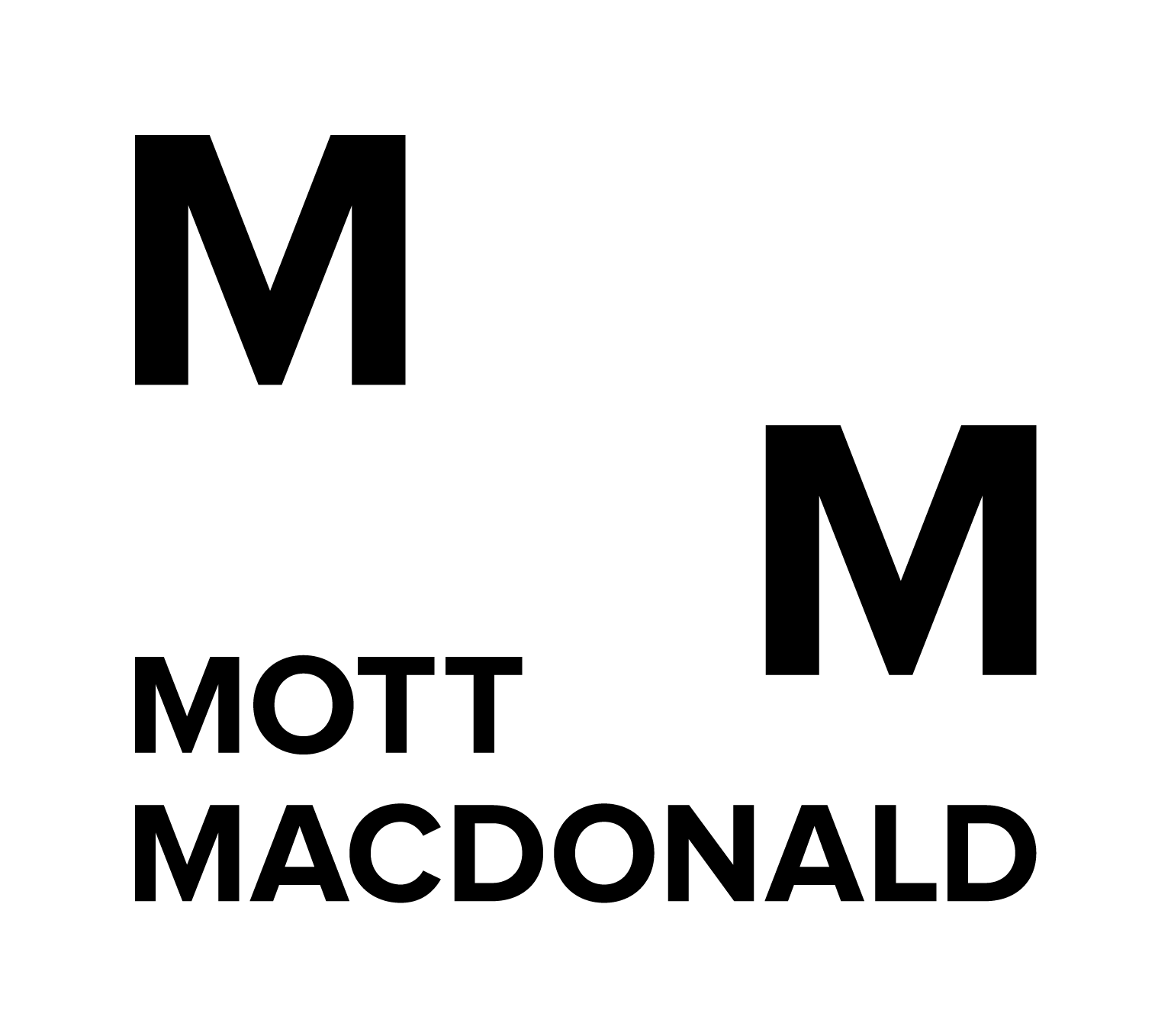Option appraisal
What has been done so far?
A detailed set of preliminary investigations has been carried out to inform all aspects of the study (the Borders Flood Studies) and to help identify the most environmentally and socially acceptable solutions. Investigations required to generate up to date flood maps included a review of flood history, an assessment of the hydrological inputs to each catchment, collection and review of survey data, asset condition assessment, hydraulic modelling of the river and revised flood mapping. Once the flood maps and flood mechanisms were fully understood a set of wider assessments were undertaken (a River Basin Management Plan review, an assessment of Natural Flood Management opportunities in the catchment, a Preliminary Ecological Appraisal) to inform the appraisal of suitable flood mitigation measures. The studies aim to better assess current flood risks in each community by undertaking a review of past flood events; generating updated and detailed flood maps, determining the likely risk to different properties; and to propose a set of mitigation measures to reduce the flood risk to an acceptable level.
What are we planning next?
The short-listed options have been prepared and are being reviewed by specialists within Scottish Borders Council. SEPA has reviewed a number of technical aspects of the work undertaken thus far to ensure technical standards are being met. The preferred options have been presented to the public in October/November 2018. The purpose of these meetings is to ensure that the community is aware of the proposals, obtain their thoughts on the proposals and to gather any wider issues or concerns that the public may have so that these can be considered in the next stage of the design. The ultimate aim of the public meetings is to gain consensus in the proposals. A set of reports is being prepared to summarise the work undertaken and to provide a detailed explanation of the various steps carried out.
What standards are we aiming for?
The long list of options has been assessed against a number of critical success factors:
- Options whether in isolation or combination must reduce flood risk and provide an appropriate level of protection to people, property, business, community assets and natural environment.
- Option must be technically appropriate and feasible.
- Option should help to deliver sustainable flood risk management (e.g. help contribute to amenity and urban regeneration, improve the environment and biodiversity and improve or reduce existing maintenance regimes).
- Options should not have insurmountable or legal constraints (e.g. land ownership, health and safety or environmental protection constraints).
- Options should represent best value for money and minimise the maintenance burden and costs as much as possible.
- Desirable Benefit-Cost Ratio when measured in parallel with other success criteria.
- Should incorporate national, regional and local agendas/objectives.
- Should be deliverable by 2028 or a future agreed funding period when assessed with other success criteria.
The Scottish Government do not specify design standards for flood protection schemes. However, the standard of protection against flooding typically used in Scotland is the 0.5% AP flood (1 in 200 year). This standard is the level of protection required for most types of residential and commercial/industrial development as defined by Scottish Planning Policy (SPP). Based on the above guidance the aim of the scheme will be to assess options up to the 0.5% AP (200 year) plus climate change flood if possible, but to test lower return period events if appropriate. Based on the fact that 2% AP floods (1 in 50 year) have been witnessed recently on the River Tweed, and other schemes within the Scottish Borders deliver a standard of protection in excess or to the 1:33% AP (75 year), it is not anticipated that a standard of protection less than this is deemed to be appropriate for these sites.
What are the shortlisted options
The shortlisted options for each area are provided in the links below:





